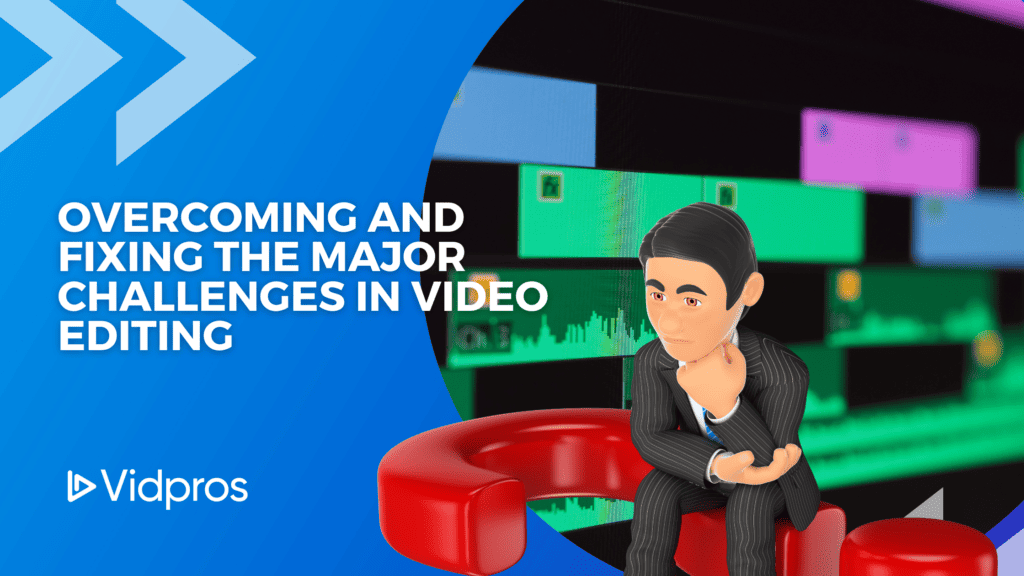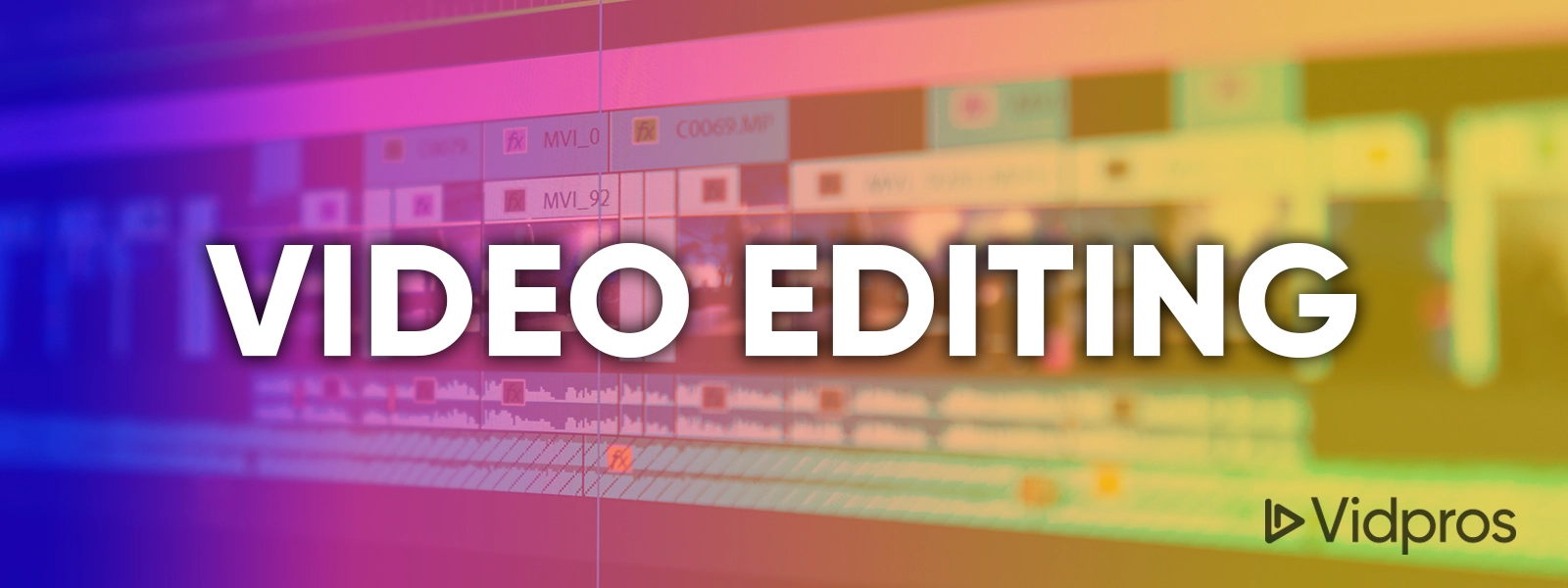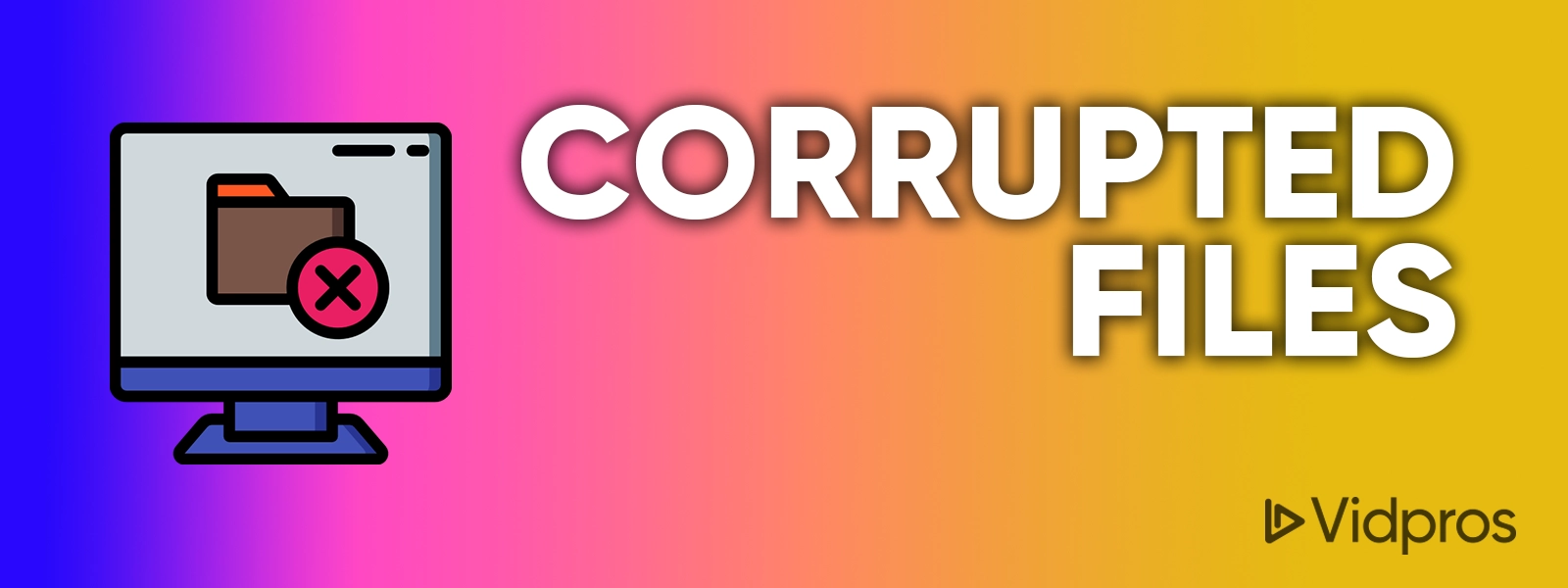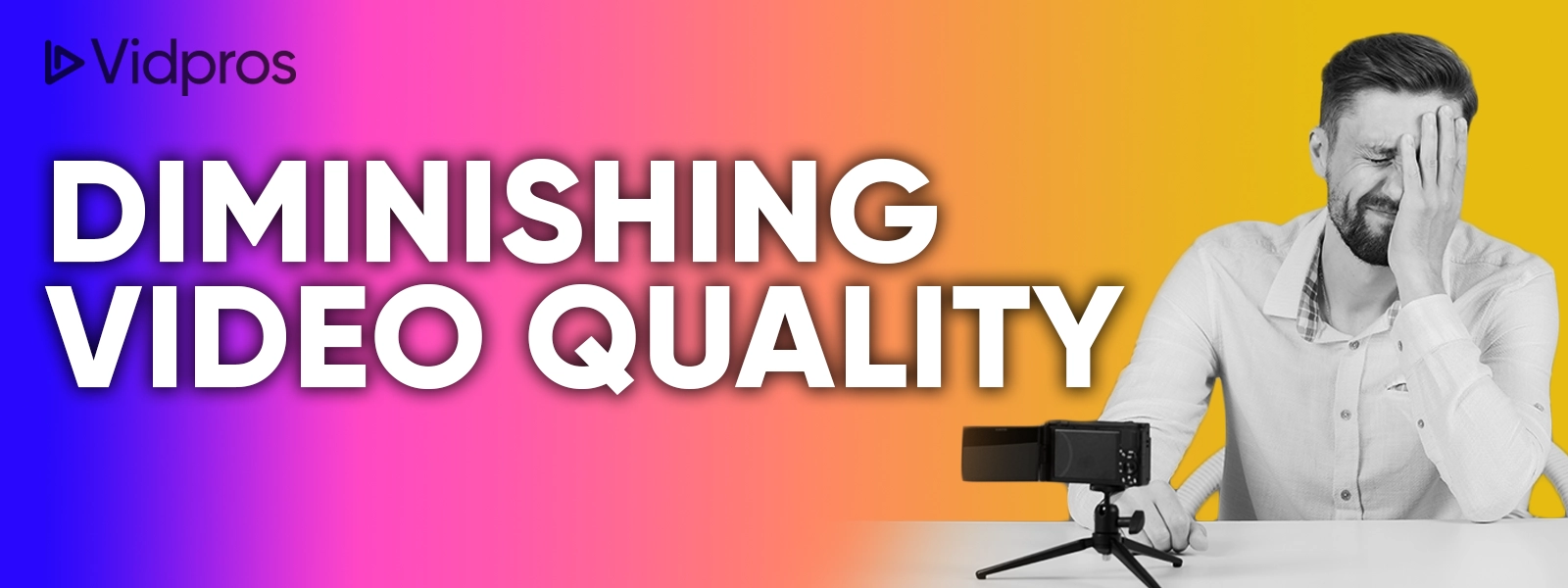Make no mistake, video editing is a powerful tool for content creators. It enables you to create engaging, high-quality videos with relative ease. However, like all tools, video editing can be challenging to use effectively.
In this blog post, we’ll explore some of the significant challenges faced by video editors and offer tips for overcoming them.
Videos have indeed gone viral, and everywhere you look, you can find a diverse mix of video content that dominates the online space, especially on social media. In case you may not be aware, videos comprise around 82% of all internet traffic, which had grown so much since 2016 when it was still at 51% and grew to 73% in 2017.
From a consumer perspective, a study conducted by video production company Wyzowl revealed that people today consume on average 19 hours a week viewing online videos.
This figure represented an increase of one hour per week compared with the previous year and an increase of 8.5 hours across the last four years.
Daily, people today clock an average of 2.5 hours each day watching online videos, a one-hour increase since 2018.
The popularity of videos as a preferred content delivery vehicle only shows that videos are more engaging and entertaining, with people twice as likely to share video content across the online network than any other type of content.
Where does video editing come in?
But behind every fun and entertaining video found online is the unseen work of people who edit your videos and give your content the secret sauce to online success.
Video editing is a critical stage in the video content creation process and perhaps the most challenging phase in video production.
Professional video editing is a complex and tedious process involving an offline or online video editor to produce the final video output. The work demands a combination of technical knowledge, skills, and time.
Editing videos is not easy, and if you have to edit your videos, you need to make sure to have a keen eye and attention to detail to ensure excellent quality, high-performance equipment to provide fantastic video content.
Whether you are a skilled online video editor or just starting to edit your videos, no one gets spared from the setbacks that may occur throughout video production.
Mind you, video editing is a complex and technical process that needs lots of constant practice, creativity, and technological savvy, which makes it more prone to mistakes that can range from glaring ones to subtle but noticeable errors.
Damaging errors to look out for
Videos are very effective in promoting brand awareness, and most people agree that it has helped them make purchase decisions or have learned so much through explainer videos.
But as mentioned before and just like Murphy’s Law which says that “if something can go wrong, it will,” so does video editing since it involves numerous processes and something is bound to go wrong along the way.
We break down and list some of the most common errors that offline and online video editors need to watch out for.
Corrupted files
You are in the middle of editing your videos when suddenly the file gets corrupted. Technical accidents and faults can and will happen without notice, so it is best to be prepared for them.
One way to fix this issue is using reliable and tested video repair software. To ensure your software is safe, get it from a trusted developer. Most repair software may be able to resolve most, if not all, video corruption errors that occur on audio, video movement, sliders, frames, etc.
Diminishing video quality
There will be times – and it happens quite often – when you notice your final rendered videos do not seem to have the same quality as the raw videos taken.
There are several reasons for this, such as the type of software or editing tool used to edit your videos. Issues may range from the videos getting choppy, blurry, flickering, not playing smoothly, losing sharpness, or getting pixelated.
It may also be a problem caused by incompatible video settings during file conversion, or the color encoding system may not match the source and editing copy which can impact the video quality.
The key is to avoid such problems, so it is critical to check the settings of the source video for the same settings to be replicated during editing to avoid affecting video quality.
Another solution is always to use high-quality video sources and maintain the same video format during editing and rendering. Also, make a backup copy of the source video as a fail-safe measure.
Dead or stuck pixels
They appear as small yet irritating spots on videos that may appear in different colors, such as green, red, or blue for stuck pixels and black for dead pixels.
Stuck pixels occur when a transistor in the editing hardware is not getting enough power to allow light to pass through the RGB layer, while dead pixels appear as black spots when the RGB sub-pixels are turned off. At times, dead pixels can result from a manufacturing flaw.
While stuck pixels can be fixed, dead pixels are extremely difficult to address.
This issue requires a more preventive solution that can stem from using your video recording equipment. When using a camera, make sure to test for pixel issues, such as a test shooting using a very dim light. You may be able to scan for pixel issues when scanning your test shoots.
When purchasing video recording equipment for the first time, check the device for pixel issues, and if there are pixel defects, return the device to the manufacturer for repair or process a replacement under product warranty conditions.
If the problem occurs long into your device ownership, you may try and mask the pixels with graphics or designs using a software plugin.
Slow rendering or computer crash

Editing videos is a very system-demanding process, especially when your hardware does not explicitly meet the memory and computing power needed for editing high-quality videos.
The same goes for editing software with high-performance hardware specifications required to run smoothly and seamlessly.
Such things occur when editing large video files or when using system-heavy processes and renderings that could cause your computer to behave erratically, freeze, or just shut down immediately.
Chances are, it could also corrupt your video files, so make sure to use a copy of the original source file for editing and set aside the master copy so you can copy another file in case something like this happens while editing.
The best way to avoid this problem is to ensure that your computer system is compatible with the editing software and hardware requirements. However, the downside is that it can be a very expensive option to consider as it may range from a few hundred to as much as tens of thousands of dollars for high-end, high-performance hardware.
In conclusion, video content creation can be advantageous, especially if you have established a good fan base or following on social media.
However, getting your videos done right and having the best quality can be very tedious and daunting, not to mention that fixing technical video errors on your own could burn a deep hole in your pocket.
There are professional video editing services that you can avail yourself of to save you the trouble of fixing these costly and irritating errors that could adversely impact your video content output.
Call us! we can help you with your video content.
Table of Contents
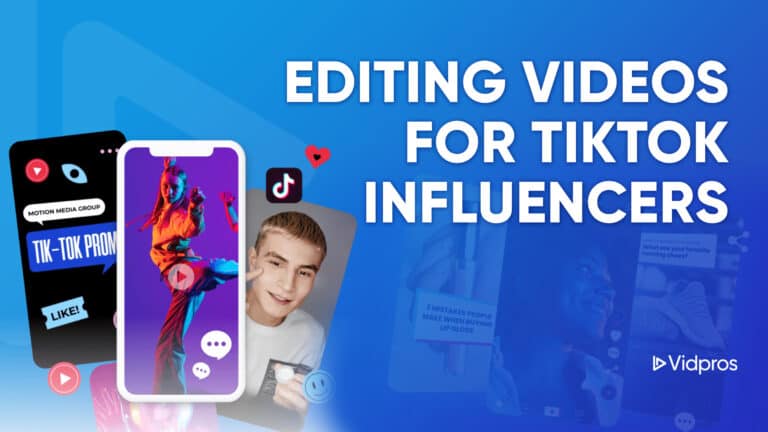
Editing Videos for TikTok Influencers
For TikTok influencers, editing videos is the most important step in the process. Maintaining consistency is key for an influencer to rise through the ranks
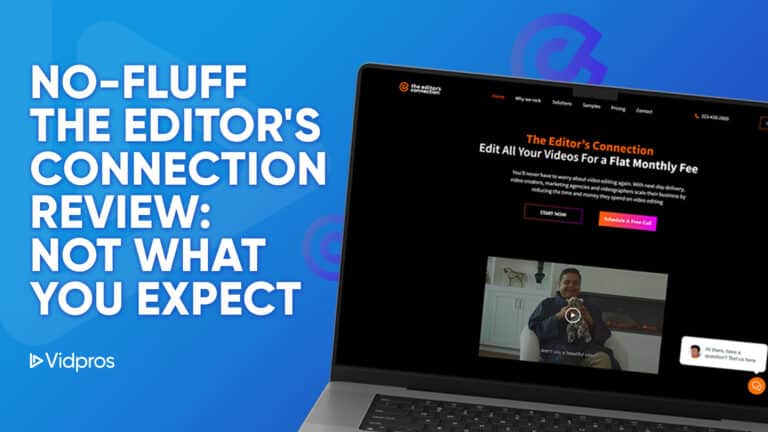
The Editor’s Connection Review: Not Your Polished Pitch
https://youtu.be/YgCENxVfUVQ?feature=shared The Editor’s Connection offers unlimited video editing assistance with quality work. However, they need more personal touch and help with complex projects. Vidpros stands
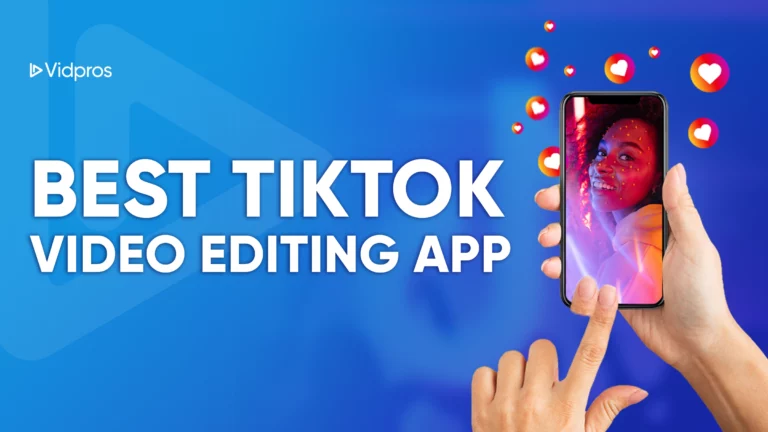
Best TikTok Video Editing App
Which TikTok video editing app is the best depends on the creator’s goals, but a few stand out from the crowd. Apps like CapCut, Apple’s
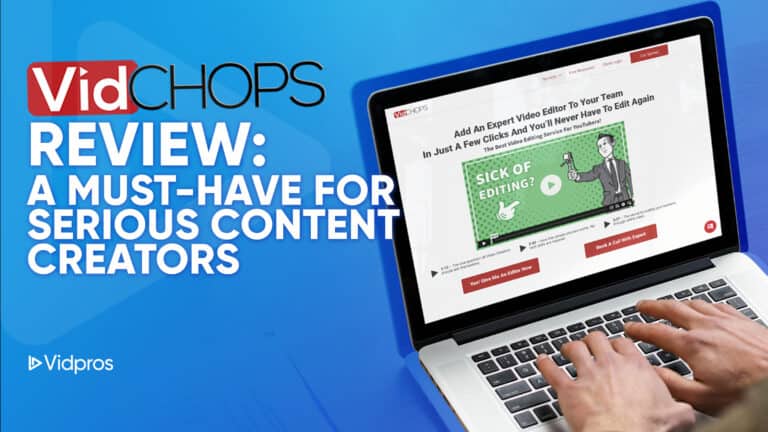
The Candid Vidchops Review Every Content Creator Needs
https://youtu.be/-Iog_DWGgRs?feature=shared Vidchops provides a user-friendly unlimited video editing service with fast turnaround and dedicated editors. However, there are some concerns about quality control and pricing

